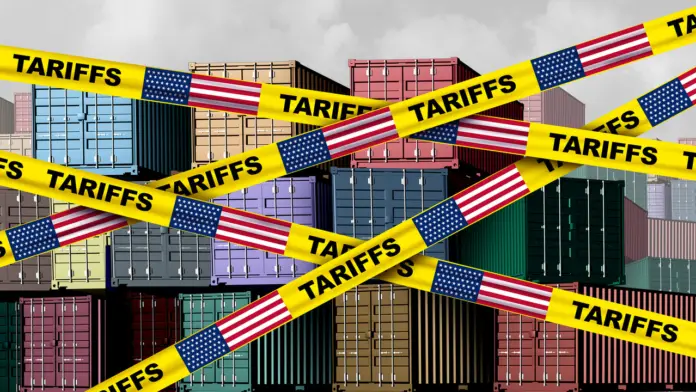Why Reducing Supply Is Not Enough
In a recent op-ed piece for the Courier Journal Gene Gilchrist warns new tariffs won’t solve America’s drug crisis. In the essay the author asserts that curbing the supply of drugs in America is important but that it’s only a partial solution. He cites an article in the Stanford Institute for Economic Policy that found almost a third of opioid abuse is due to the availability of drugs by location.
Gilchrist also mentions ease of smuggling fentanyl into the country and references a 2023 Council on Foreign Relations article by Mariel Ferragamo and Diana Roy. The article states that “As little as two milligrams of fentanyl equivalent to between 10 and 15 grams of table salt can be lethal. Because fentanyl is often transported in small, hard to detect quantities and because substantially less fentanyl needs to be smuggled into the United States to meet demand, some experts say relying on catching it at the border is futile.”
Gilchrist doesn’t suggest that policymakers give up on curbing the supply of drugs. Instead he argues they need to be more realistic about the prospects of accomplishing this. He cites recent estimates that two thirds of the drug trafficking in America is driven by demand.
Gilchrist also points to other factors contributing to the drug crisis such as genetic predisposition and environmental factors as well as underlying mental health conditions.
An additional problem cited in the article is the low number of people with substance use disorder actually seeking treatment. Gilchrist references a report by the Journal of the American Medical Association that found only 18.3% sought treatment for opioid use disorder in 2022.
The author concludes by saying he is grateful for the increased awareness of the importance of drug interdiction by national leadership. However he also notes that more attention also needs to be brought to the demand side of the drug abuse problem as a part of a national strategy for combatting the ongoing addiction epidemic.




